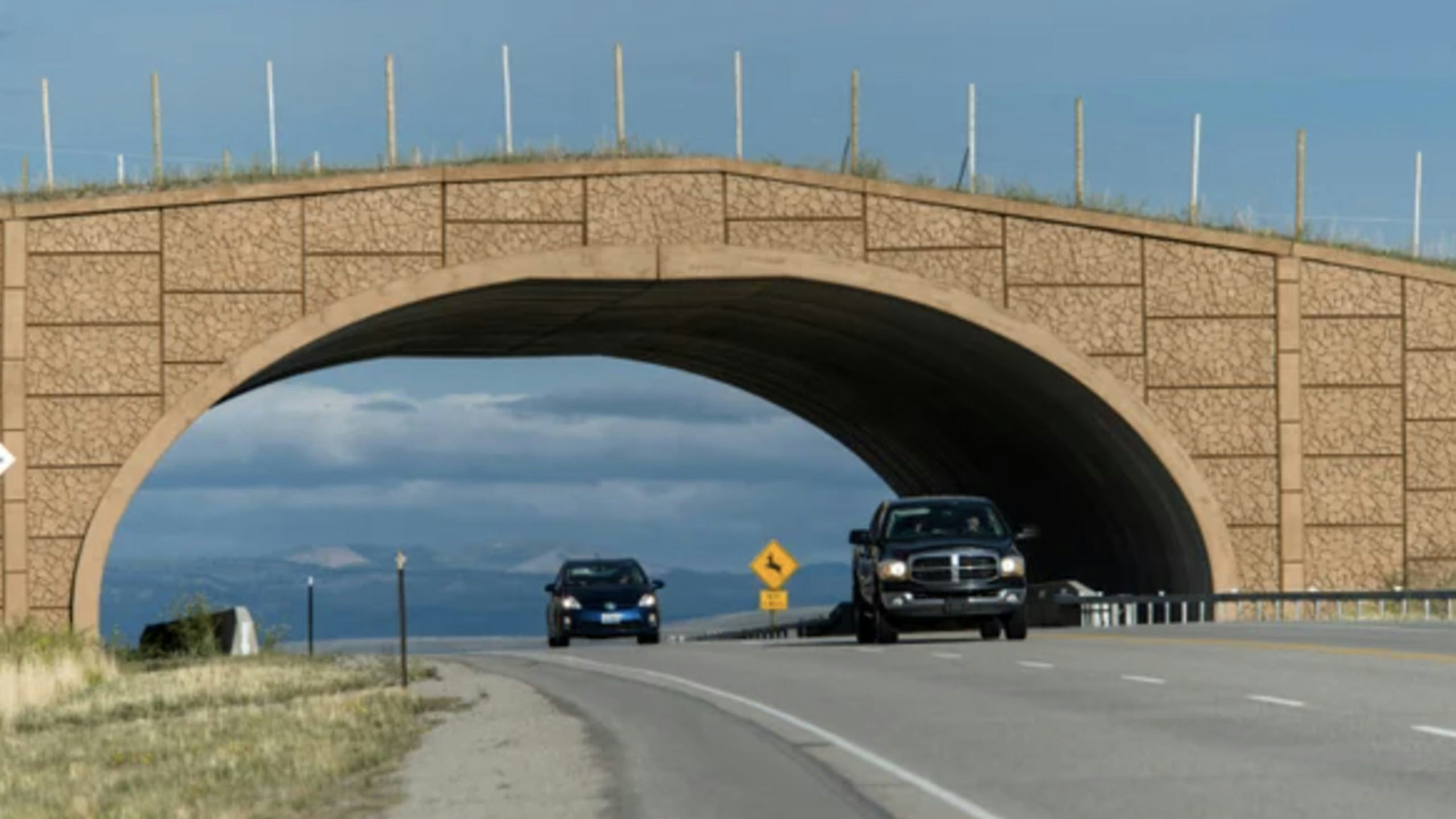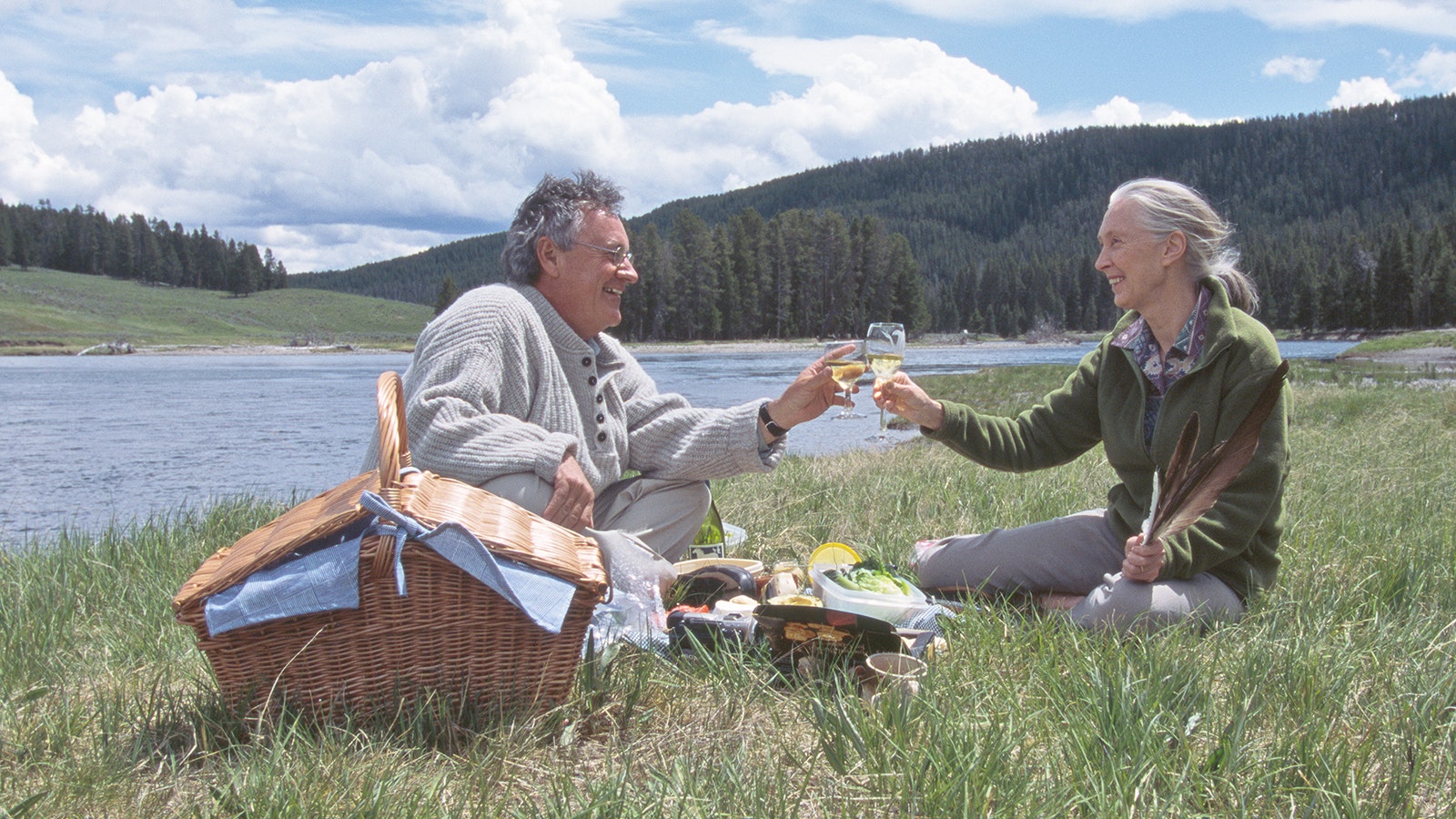With federal money in limbo, a roughly $30 million wildlife crossing project near Dubois is on hold, but that could change with federal dollars expected to start flowing again soon.
The Dubois-area project is still short by $16 million to $18 million, and many federal grants went into limbo earlier this year as the administration of President Donald Trump combed through federal budgets.
State officials and wildlife advocates want to build three wildlife underpasses and an overpass along a 25-mile stretch of U.S. Highway 26/287 near Dubois, where hundreds of mule deer are hit every year. They hope that construction can begin in 2027.
Get Those Applications Ready
It might soon be time to apply for grants to meet budgets for that project and others, wildlife crossing advocate Rene Callaghan told Cowboy State Daily on Wednesday.
Based upon recent statements by U.S. Secretary of Transportation Sean Duffy, it could be a matter of weeks, Callaghan said.
“A lot of it is based on a commitment he expressed during (Congressional) hearings and describing how they’re working on reducing the backlog on those grants,” she said.
Callaghan is the executive director of the Montana-based ARC Solutions, a nonprofit partnership focused on wildlife crossings and habitat improvement across the West, including Wyoming.
Wyoming wildlife crossing advocates say the Dubois-area project is a top priority. Callahan agreed that it would meet a pressing need, and she’s optimistic about its chances of soon being fully funded.
‘We’re All Waiting With Bated Breath’
The possibility of federal grants becoming available again “is incredibly encouraging,” WYldlife Fund president Chris McBarnes said.
The Greater Yellowstone Coalition and WYldlife Fund raised $2.7 million in private donations toward the crossing project near Dubois, but the $28 million to $30million price tag can’t be met without federal grants.
“We’re all waiting with bated breath” to see if federal money becomes available again, he said.
Another crossing project along U.S. 189 south of Kemmerer, is still set to move forward, partially funded by previous federal grant applications.
The Wyoming Department of Transportation recently accepted a $30 million bid for that project, with construction set to start this fall.
McBarnes said that five wildlife underpasses and one overpass along a roughly 30-mile stretch of highway will help protect some of Wyoming’s most prized mule deer and pronghorn herds.
As of Wednesday, WYDOT was still in a holding pattern regarding grant applications for other projects, agency spokeswoman Jordan Young told Cowboy State Daily.
“We have not heard any updates from the federal government on federal wildlife crossing funds,” she wrote in an email. “WYDOT continues to watch for any discretionary federal grant opportunities that would be a good fit for our priority large wildlife-related projects, including the Dubois and I-80 Hallack Ridge projects.
“Currently, no USDOT discretionary funds with wildlife crossing eligibility are open, but WYDOT and its partners are ready if the opportunity arises.”
Why Is Colorado’s Mega-Overpass So Inexpensive?
There’s hope that calls for wildlife crossing grants could open up “any week now,” Colorado Department of Transportation (CDOT) Environmental Manager Chuck Attardo told Cowboy State Daily.
Funds might soon be available through the federal Department of Transportation’s INFRA grant program and other sources, said Attardo, who is also co-chair of the Colorado Wildlife and Transportation Alliance.
Like Wyoming, Colorado is hugely dependent upon federal grants to pay for wildlife crossings.
CDOT and its partners are about halfway through building a gigantic wildlife overpass over Interstate 25 south of Denver that’s being billed as the largest in the world.
The Greenland Wildlife Overpass is part of a series of crossings along I-25 between the Colorado towns of Castle Rock and Monument. The entire project cost is about $450 million.
The overpass itself came in with an astoundingly low bid of $15 million bid from Kraemer North America construction company.
That raises the question of why the largest wildlife crossing ever is so inexpensive, at least compared to projects like the one proposed near Dubois.
It was a matter of good fortune and having an excellent contractor on board, Attardo said.
“We were blown away by the $15 million bid, we didn’t expect it to be that low,” he said.
Kraemer was able to bid so low because it had already worked on much of the larger wildlife crossing project along that stretch of I-25, he said.
That meant the company is “super familiar with the area,” which made planning and laying the groundwork for the overpass much less time-consuming and expensive, Attardo said.
Mark Heinz can be reached at mark@cowboystatedaily.com.








